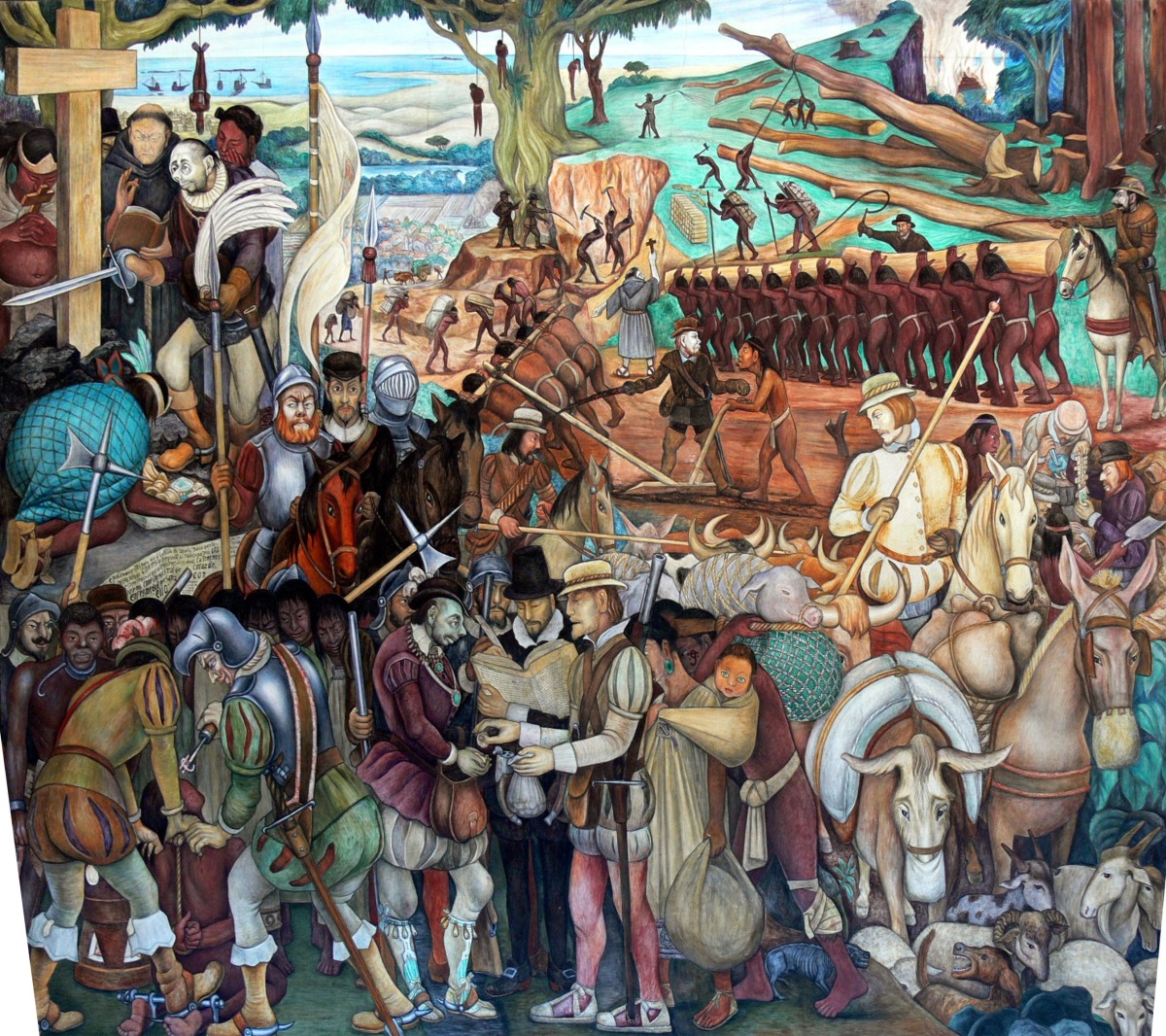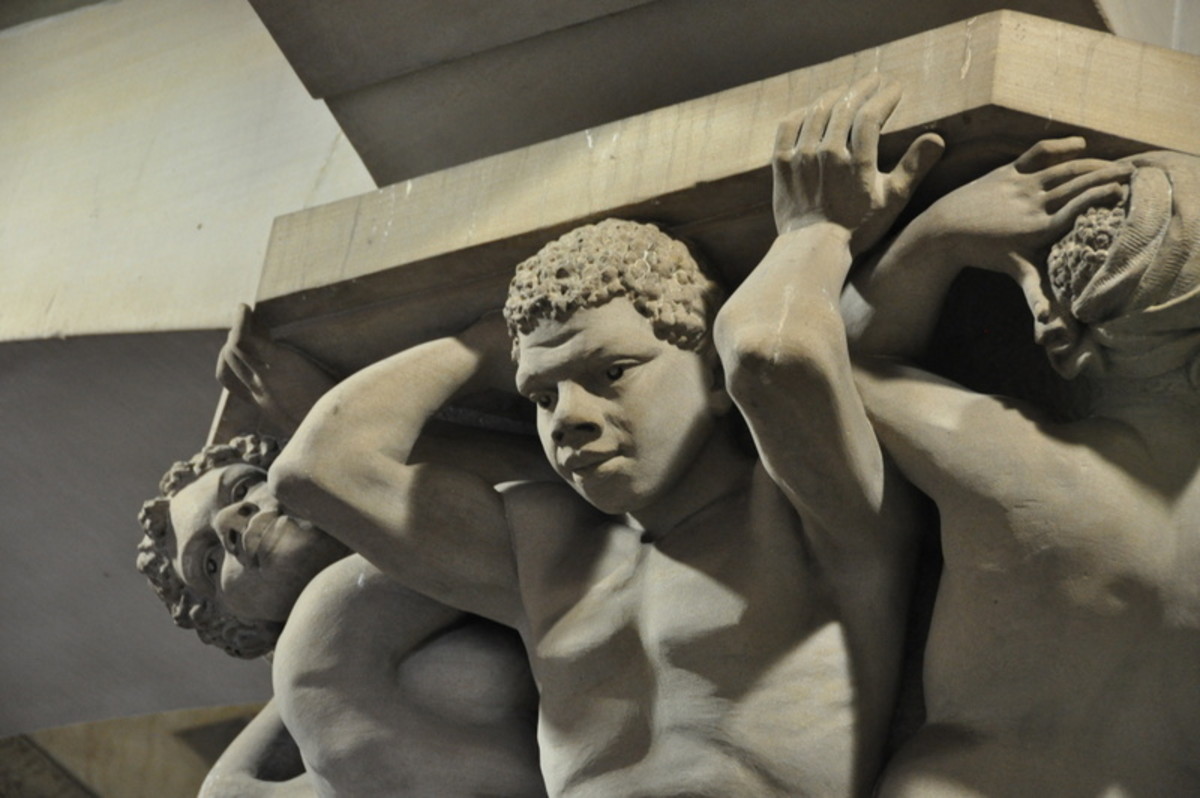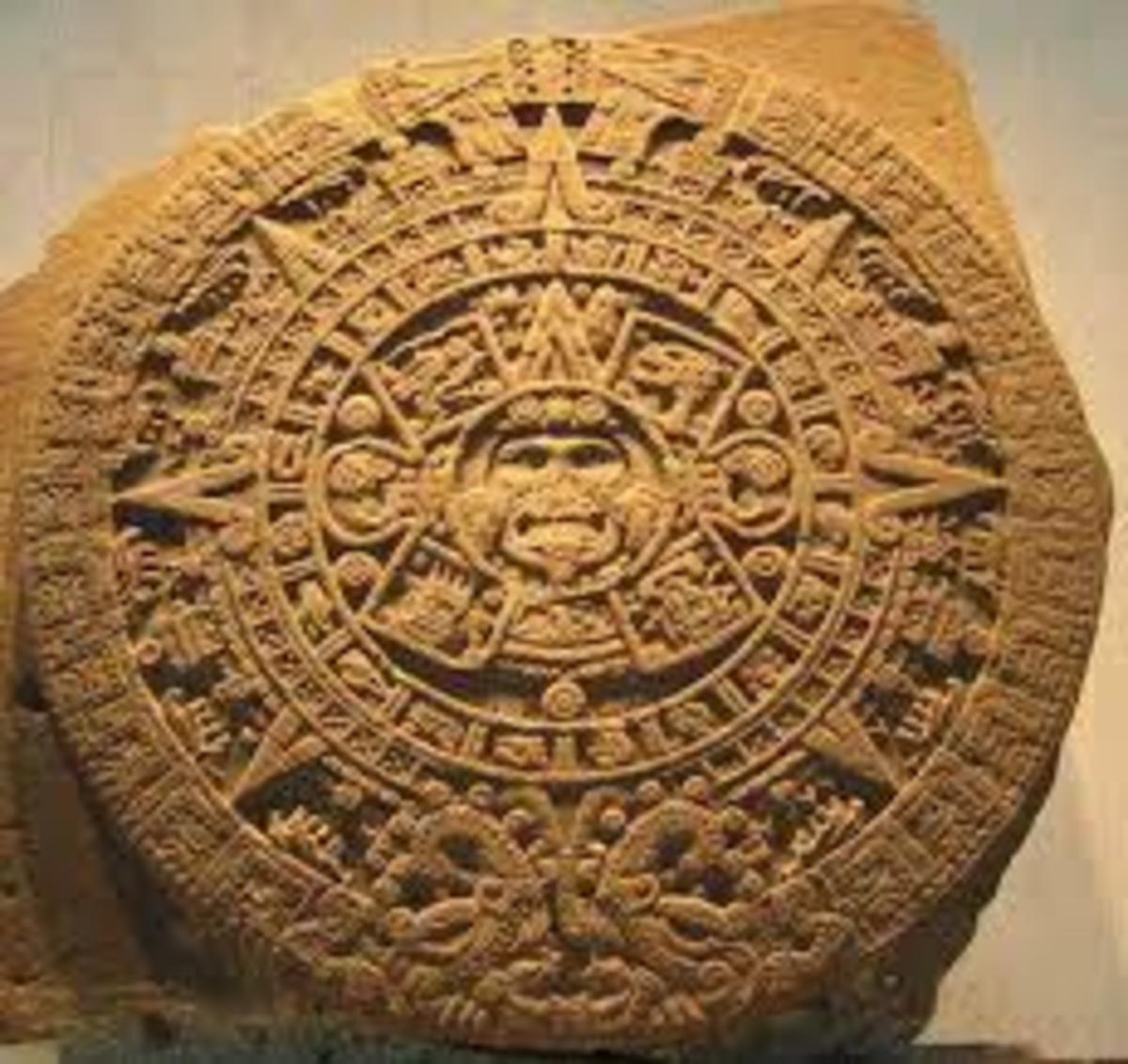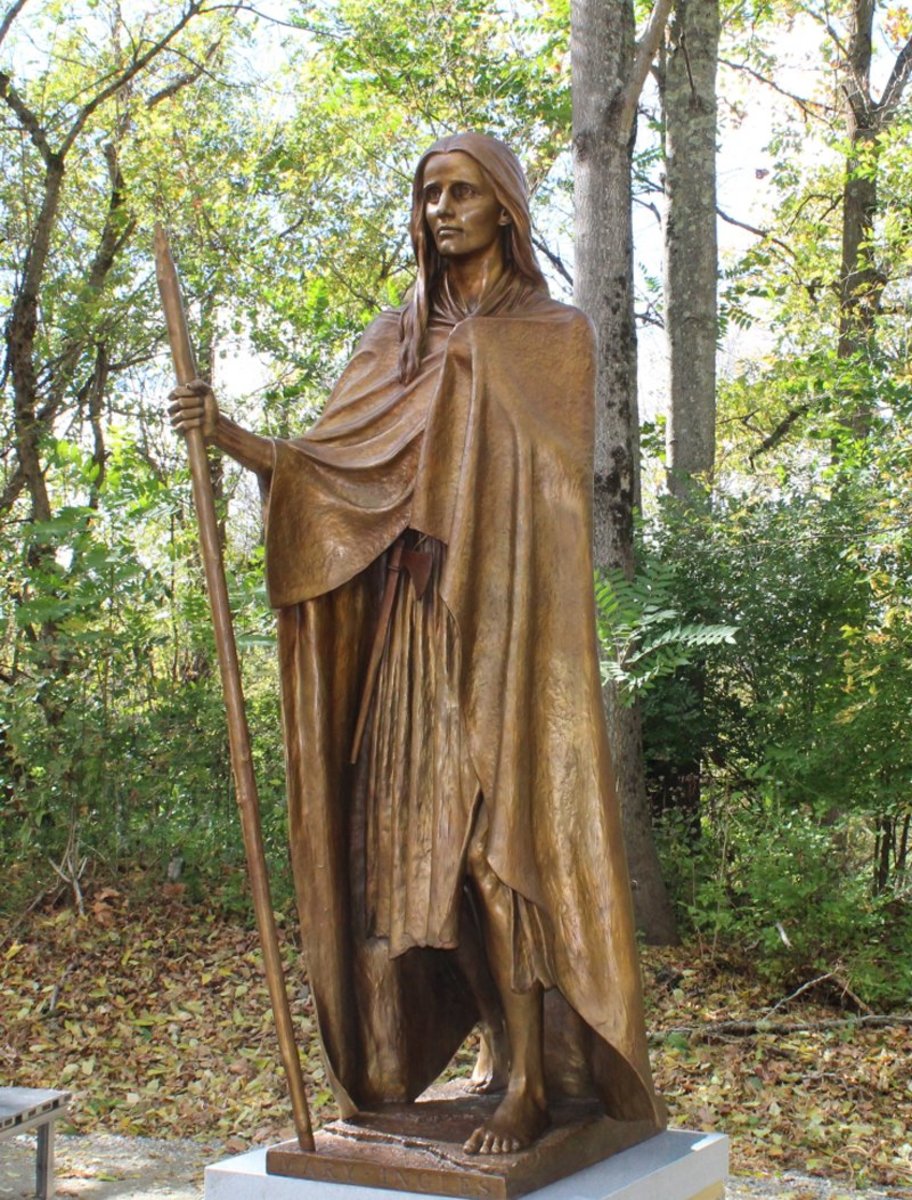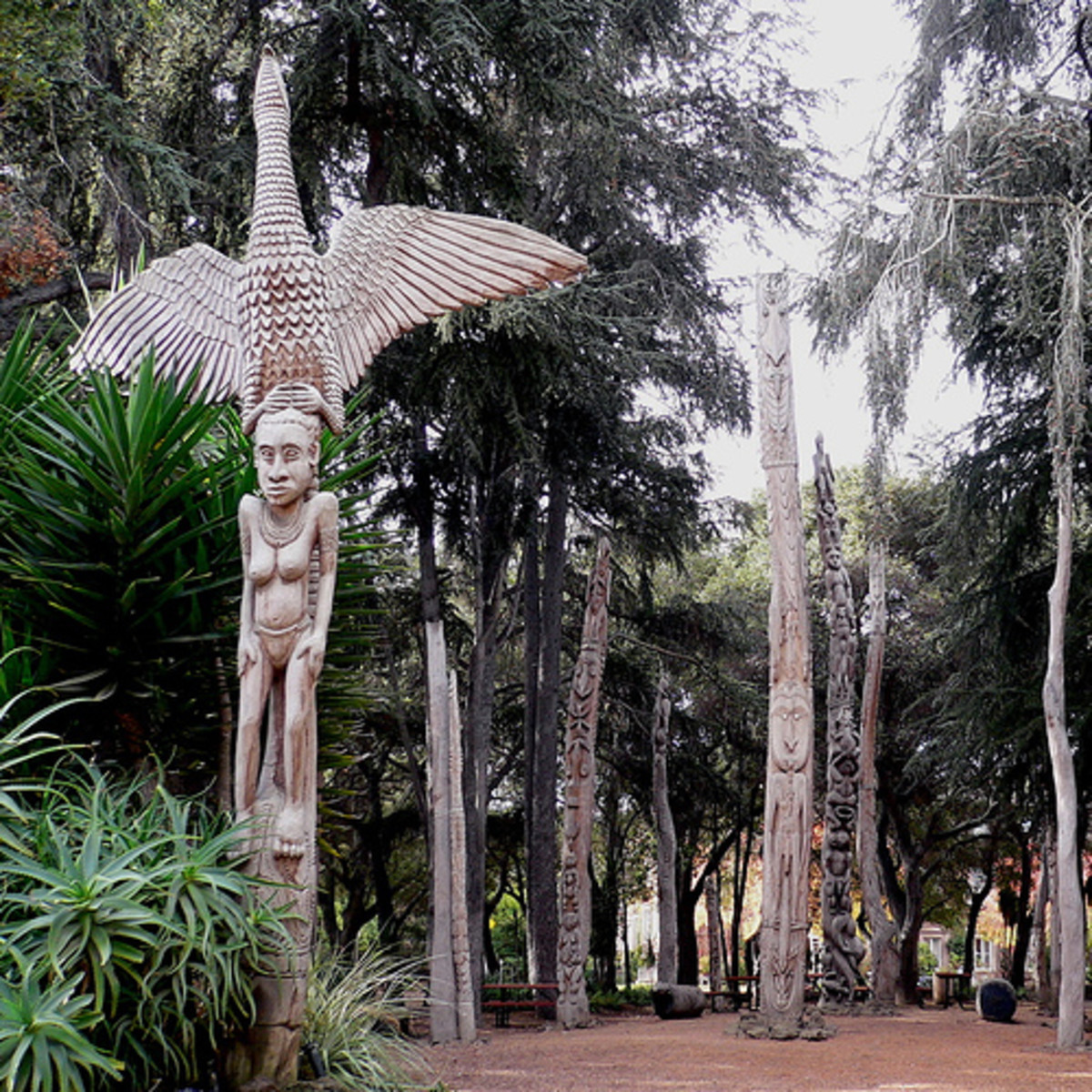- HubPages»
- Education and Science»
- History & Archaeology»
- History of the Americas
A Few Amazing Facts About The Aztec
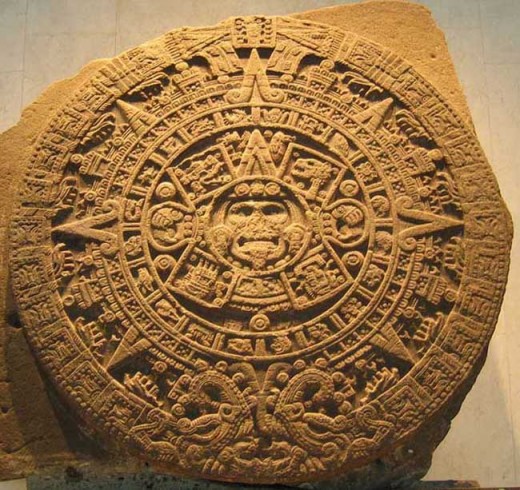
Among all mesoamerican civilizations, the Aztec are probably the most popular and the ones we know the most about, although there are many misconceptions about them in popular culture.
Not only were the Aztec an extremely advanced civilization, the "Aztec Empire" was also unique in many ways due to several key reasons, which caused it to develop in ways that made it very different from pretty much any civilization around the world.
So rich was their civilization, that we are still finding out more and more about them through the works of archaeologists, and there are many unanswered questions.
Read on to find out a few facts that you (probably) didn't know about the Aztec, and some of these unanswered questions.
The "Aztec" Did Not Actualy Call Themselves "Aztec"
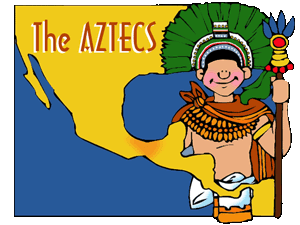
While history books refer to said civilization as "The Aztec" or "The Aztec Empire", the term "Aztec" is incorrect in its usage.
"Aztec" is a term that was coined during the 19th century by renowed Prussian explorer Alexander Von Humboldt (full name Friedrich Wilhelm Heinrich Alexander von Humboldt), The name comes from the term "Aztlan", which is the name for the legendary homeland of the people in Aztec mythology. The name became popular after it was used in the book "History of the Conquest of Mexico" by historian William Prescott.
The actual people that composed the "Aztec Empire" referred to themselves in their own language using the term "Mexica". The Mexica, according to archeological evidence, were the last of a large group of tribes that moved south from Northen Mexico and founded the Aztec civilization as we know it.
To Learn More About Mesoamerican Civilizations
They had many burial rites
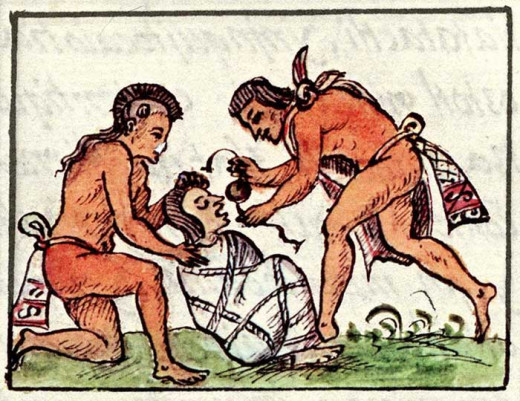
Death in Aztec/Mexica culture wasn't an end, but just a new beginning. They believed that existence consisted of continuous reincarnation in different realms, and that they would eventually return to be reincarnated on Earth. As such, honoring the dead was seen like giving a nice farewell to a beloved person, and to strengthen the connection between the living and the departed. Their burial rites evolved to reflect and reinforce these beliefs.
While the Aztec/Mexica certainly had things that could be considered "burial grounds", these were often reserved for group sacrifices, for which captured enemies and criminals were often used. A king, priest or a rather rich person would often be placed in a seated position and then cremated. Sometimes, they would also sacrifice and cremate a dog along with the dead, as they believed the dog would guide the dead through the waters of the underworld and to their next life.
Moving on to the next life was seen as an epic adventure by the Aztec/Mexica, and so the dead were also often buried with objects that would help them in their journey.
Commoners, however, often buried their dead under the floors of their own houses, to maintain a connection with them even after death, and maybe even to provide aid when needed.
Slavery Was Common, But Not Quite Like You Imagine It
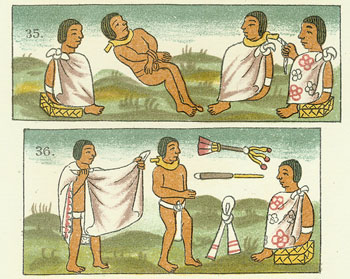
Slavery was a common aspect of many civilizations. The European, Asian, African and American civilizations all had slavery at one point. However, unlike the more recent examples of slavery, generally, Aztec slavery was more like indentured servitude than lifelong servitude.
While it is known that more "traditional" examples of slavery existed in Aztec/Mexica society, Archaeological studies have demonstrated that the Aztec/Mexica would often sell themselves and even their children into slavery to pay off debts. Of course, this particular example wasn't lifelong slavery, but something rather similar to what was once seen in Rome and Persia. A person in debt could sell or "rent" themselves to the person they owed, working as a slave until the debt was repaid. To sell one's child into slavery required permission of a court or the local ruling lord, though.
Like in Rome, slaves had rights, could marry, have children and even substitute themselves in their duty as slave for another person who either had a debt with them or agreed to it. Slaves could gain freedom by buying it from their owners, through their owner's death or even by marrying their owners. Slaves could not be resold, and slave owners were legally responsible for feeding and housing their slaves.
Captured enemies that were not sacrificed often became slaves, as well.
They Had a Public Education System
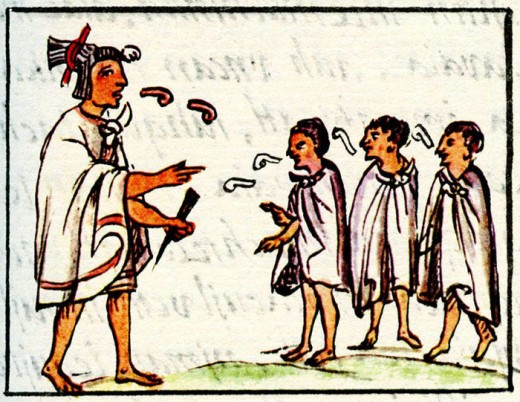
Mandatory schooling isn't something that many civilizations are known for. In European history, children were often taught by their own parents or guardians, and by the church as well, but for a long time, there was no systematic schooling of children.
The Aztec had all their children attend school, and their schooling varied depending on their social status and their gender. Each settlement or "calpulli" had a school of sorts for commoner children, called a "telpochcalli", were boys were trained to be warriors, starting their training during their teens. Noble or "specially gifted" commoner children were trained in "calmecac" schools, where they were trained to become government officials or priests. The teachers were usualy called "tlamatinime", which is supposed to mean "those who know something".
Misbehavior was treated very seriously at these places, and the calmecac was the place were the harshest punishments were given out, since the children of lords were expected to live up to higher standards than common people.
The Mystery of The Ōllamaliztl
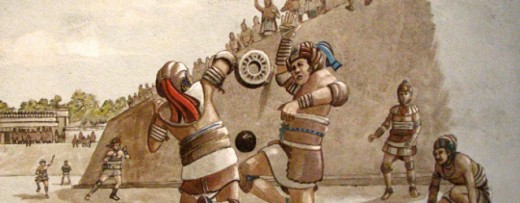
Nobody is entirely sure what the point of the Ōllamaliztl, or "the ball game" of the Aztec really was, or what it meant precisely. All they know is that it is much older than Aztec/Mexica civilization, supposedly originating even before the much more ancient Maya Civilization, and was more than just entertainment.
A very odd game by modern standards, the game consists of keeping a ball made of natural rubber in play using only the hips, until one team either fails to keep the ball in play or it leaves the "court". Later, stone rings to pass the ball through were added, for reasons that are still unknown.
While the Aztec did play games for entertainment, there are archaeological evidences that some of these had ritual significance and would even end in sacrifice. The thing is, nobody is really sure of which team was sacrificed, given how being sacrificed was often seen as an honorable end to an Aztec, depending on the situation. For all we know, the winners could have been the ones sacrificed after a game reached its conclusion.
However, even without the element of human sacrifice, the game was still known as specially brutal. The ball, made of latex and sap from another tree, was resilient and heavy, weighting from 3 to 6 lbs and having a diameters of up to 12 inches. Player often got severely bruised from the ball's impact on their bodies. Bones were sometimes broken, and there are even accounts of players dying when the ball hit their head and other sensitive places. Because of this, players wore protection on their hips, where the ball would hit the most, and on other places.
The reasons behind the game are pretty much unknown, but there are many theories about it. It could've been used as a proxy for war, as a ritual to empower a sacrifice, or even as a symbolic event, representing an important myth involving the gods. Whatever the reasons where, they are mostly lost in time.


